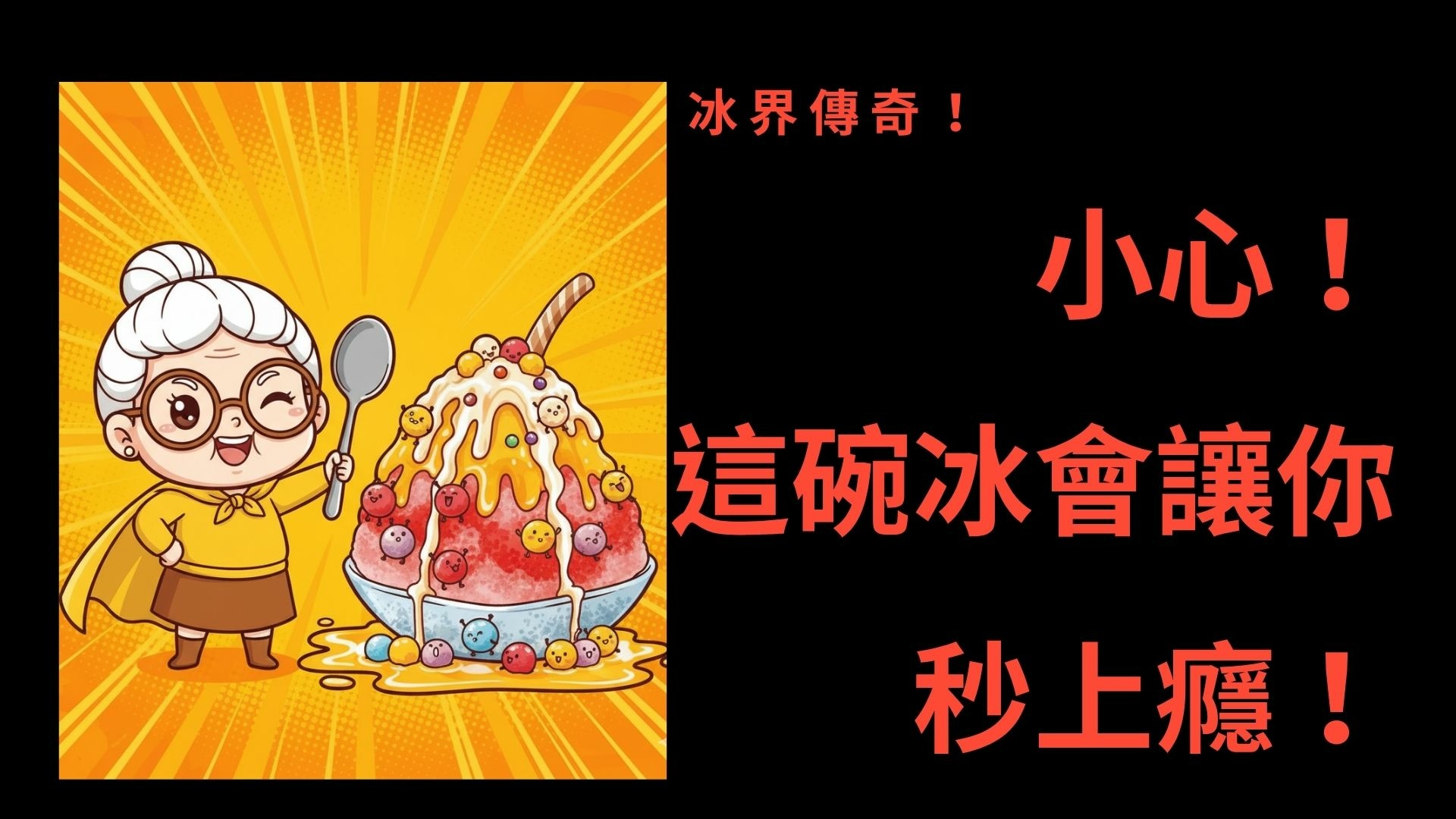- Jan 08 Tue 2008 10:52
嶢陽茶行
- Jan 08 Tue 2008 01:03
喜堂茶葉品牌形象規劃與包裝設計
廠商
- Jan 07 Mon 2008 09:42
好茶名揚海外 日人搭機來買
【聯合報╱記者莊芳銘/鹿谷報導】2008.01.06 03:59 pm
- Jan 07 Mon 2008 00:11
Portland tea firm Tazo growing at Starbucks | Seattle Times Newspaper
- Jan 03 Thu 2008 22:57
Taylors of Harrogate Leaf Tea Cartons
- Jan 03 Thu 2008 22:41
Japan study: Green tea may cut prostate cancer risk - News from The China Post
Thursday, December 20, 2007 Reuters
TOKYO -- Drinking green tea may reduce the risk of advanced prostate cancer, according to a study by researchers at Japan's National Cancer Center.
- Jan 03 Thu 2008 21:39
静岡茶を世界ブランドにする方法 / SAFETY JAPAN [大前 研一氏] / 日経BP社
第92回 静岡茶を世界ブランドにする方法
経営コンサルタント 大前 研一氏 2007年8月29日
- Jan 03 Thu 2008 19:58
The history of tea: Tea and its legends
Tea and its legends
 It all began in 2737 BC in China. According to legend, whilst the emperor Shen Nung was boiling water to slake his thirst in the shade of a tree, a light breeze rustled the branches and caused a few leaves to fall. They mixed with the water and gave it a delicate colour and perfume. The emperor tasted it and found it to be delicious. The tree was a wild tea plant: tea was born.
It all began in 2737 BC in China. According to legend, whilst the emperor Shen Nung was boiling water to slake his thirst in the shade of a tree, a light breeze rustled the branches and caused a few leaves to fall. They mixed with the water and gave it a delicate colour and perfume. The emperor tasted it and found it to be delicious. The tree was a wild tea plant: tea was born.
- Jan 03 Thu 2008 19:56
The History of Tea: Tradition and symbolism of tea
Tradition and symbolism
 During the Chinese Tang Dynasty (618-907 AD) the drinking of tea evolved into a more popular pastime, moving away from the realm of pharmacology and becoming a refined part of everyday life.
During the Chinese Tang Dynasty (618-907 AD) the drinking of tea evolved into a more popular pastime, moving away from the realm of pharmacology and becoming a refined part of everyday life.










